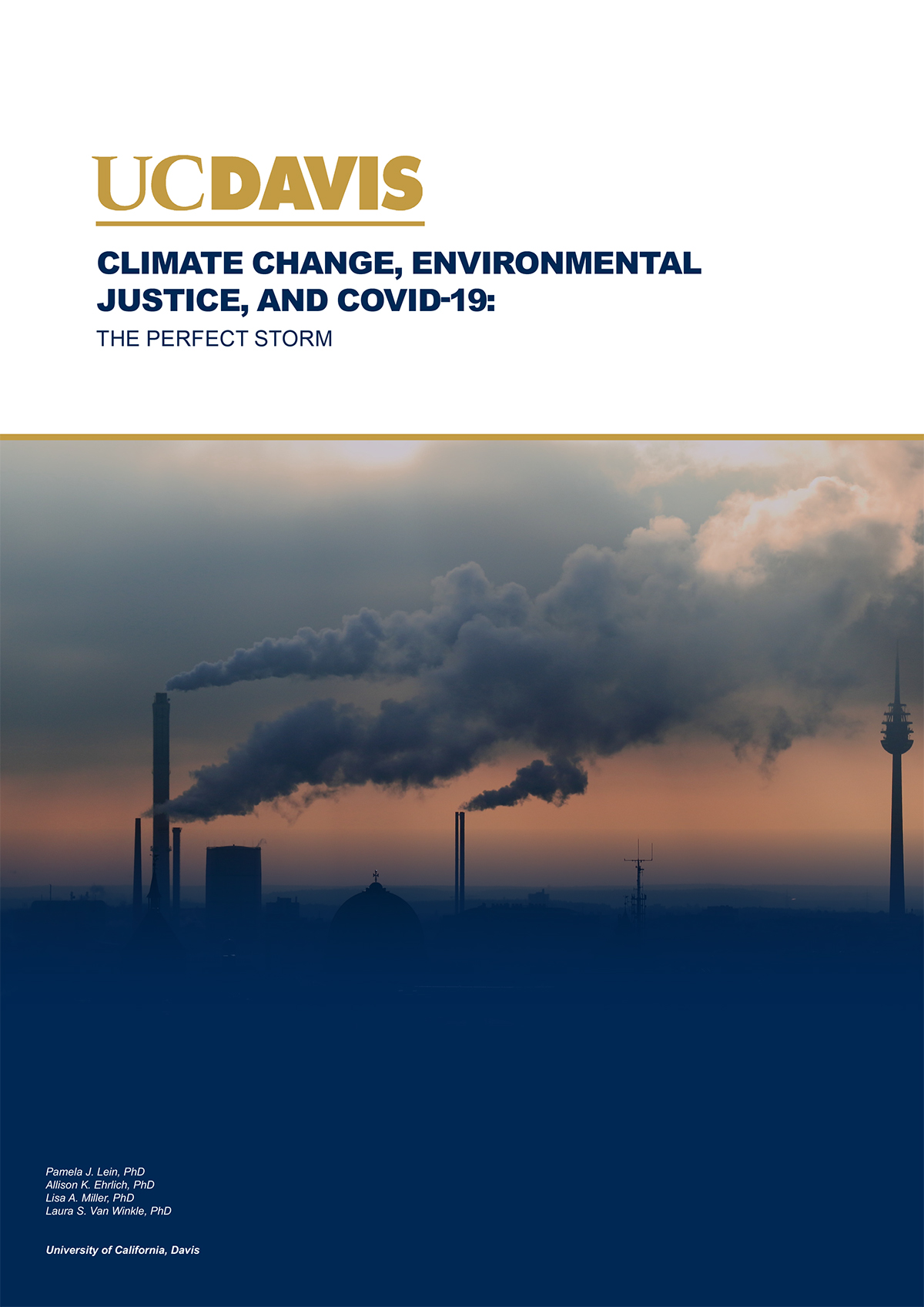Here, Professor Pamela Lein at University of California, Davis, explains the ‘perfect storm’ unfolding in the intersection of climate change, environmental justice and COVID-19
Right now, the world is still in the middle of an ongoing viral pandemic.
The public health crisis of COVID-19 hit the world. Many countries in the Global South continue to struggle with variants and lack of access to vaccines. In the Global North, populations faced an unprecedented virus that disproportionately hospitalised and killed non-White individuals. In the UK, Black, Asian and other minorities experienced the surreal horror of fearing for their communities and burying many people. In the US, Black, Indigenous and LatinX communities faced a similar plight – with these communities being three times as likely to be infected and twice as likely to die as white individuals.
While comorbidities like diabetes and heart issues were more common in non-white populations in both countries, could existing issues be the full and cohesive answer for why this virus appeared to devastate certain communities? According to Professor Lein, the answer is no.
She suggests that socio-economic dynamics, such as living in intergenerational households and working high-exposure jobs, can further explain the disproportionate level of loss. This is a perspective confirmed by many other scientists and healthcare professionals.
But Professor Lein has another idea – that exposure to environmental pollution added a new dimension of health inequalities to communities. She suggests that environmental justice is a crucial and irremovable part of correcting imbalances from a public health perspective. When it comes to exposure, studies have confirmed that pollution can impact the development of the human brain and resultant outcomes in a lifetime.
The ongoing machinations of climate change, environmental justice and COVID-19 outcomes are therefore connected. What implications does this have for policy-making in the future?
To understand the intricate science that shapes these conclusions and suggestions, read more here.


